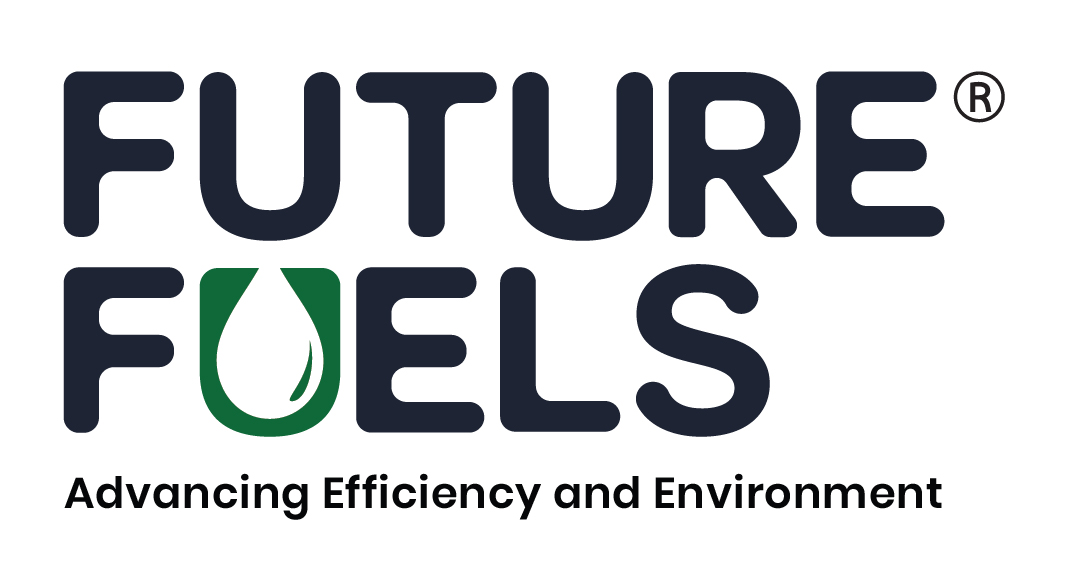Hunter Group has joined forces with class society DNV to develop a low-pressure midstream shipping solution for carbon capture and storage.
The parties have agreed to work together on a 40,000 to 70,000 cu m liquified CO2 carrier with 20,000 to 30,000 cu m feeder vessels to be operated on the Norwegian Continental Shelf and European waters.
Both technological and operational measures will be assessed, as well as hull and cargo tank designs. Alternative fuels such as ammonia, methanol, fuel cells and CO2 abatement technologies will also be evaluated as part of the project.
Hunter, which sold its entire fleet of four very large crude carriers (VLCCs) for $383m last year, said a large portion of the captured CO2 will involve seaborne transportation, which will require a substantial number of large CO2 carriers. “While short-term goals can be achieved by currently available technology, intermediate and long-term sustainable solutions require further study and need to be developed,” the company said.
Tags: CO2 carriers, DNV, Hunter, Vessels



Recent Posts
Port of Tauranga to Trial New Zealand’s First Fully Electric Straddle Carrier
CMA CGM Scales Up Low-Carbon Fleet and Fuel Infrastructure to Meet Net Zero Targets
OceanScore Crosses 2,300-Vessel Mark as Demand for Compliance Solutions Grows
HD Hyundai and H-Line Shipping Collaborate on AI-Powered Autonomous and Eco-Friendly Vessel Technologies
MOL Holds Naming Ceremony for LNG-Fueled VLCC Energia Viking at DACKS Shipyard
Egypt Advances Maritime Decarbonisation with National Action Plan Backed by IMO
Fuelre4m unveils VIRDIS: A predictive AI breakthrough in global fuel distribution, powered by Five9nes
EXMAR Launches First Ammonia-Fueled Gas Carrier at HD Hyundai Mipo